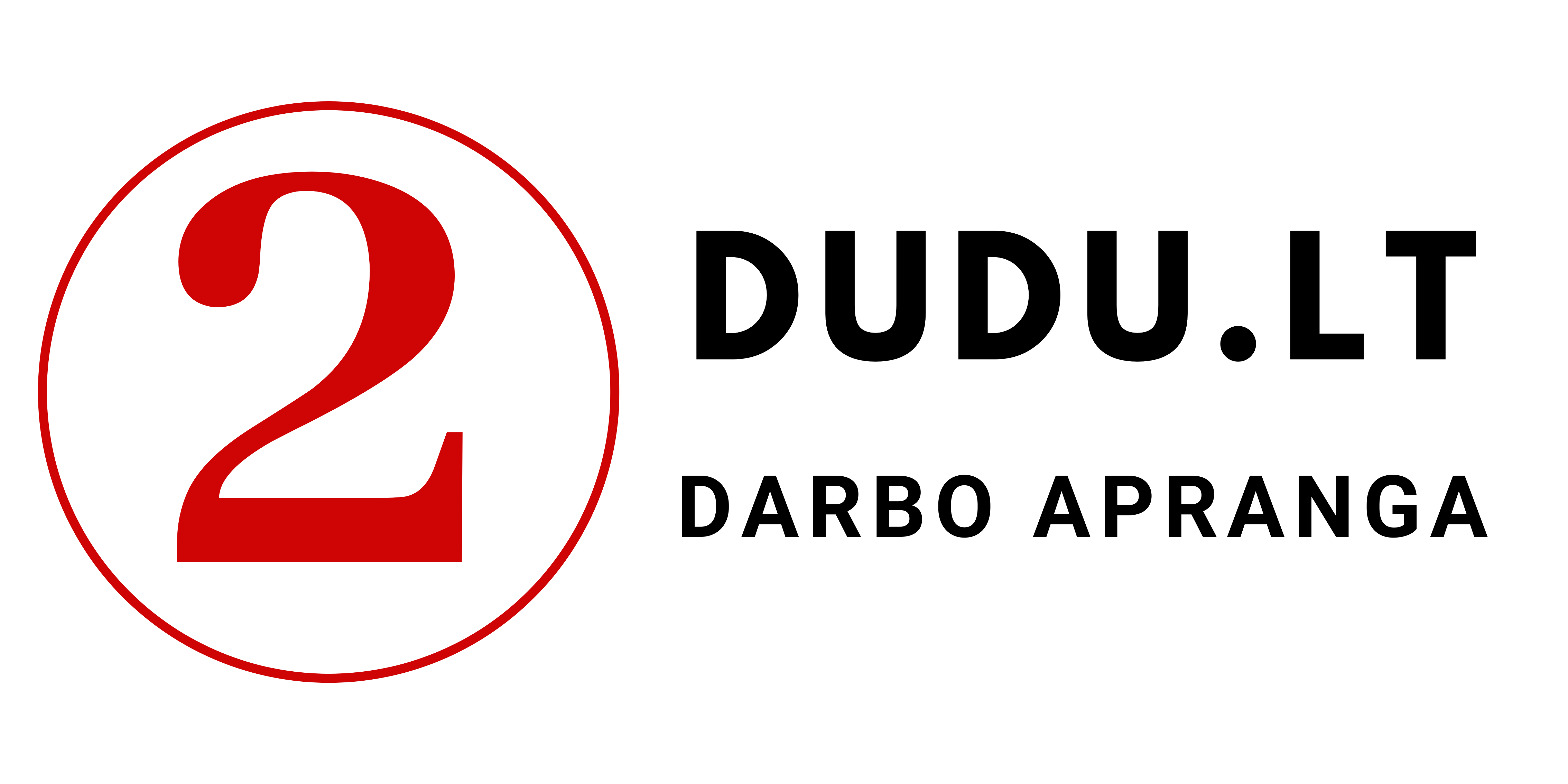When choosing the right clothes for work, it's important to consider style and functionality. You not only want to look professional, but you also want to make sure your clothes are comfortable and can withstand the demands of your job.
One of the biggest benefits of investing in high-quality workwear is that it can last for years, even with frequent use. Not only does this save you money in the long run, but it also means you’ll always feel your best while working.
Another advantage is that many work clothes are designed with specific features that make them ideal for certain types of work. For example, some clothes may have reinforced pockets or extra padding for those who work in construction or other physically demanding jobs.
When it comes to finding the best value for money, look for brands that specialize in workwear. These companies often use higher quality materials and construction methods, so the clothes can last longer and perform better, and be tailored specifically to your job.
When purchasing workwear, it's also worth considering the specific needs of your job. For example, if you work in a laboratory, you may need clothing that is fire-resistant or protects you from chemicals.
Here are some tips for getting the most out of your work attire:
- Take proper care of your clothes. This means washing and drying them according to the manufacturer's instructions and taking care not to damage them through rough use or improper storage.
- Invest in versatile products that can be worn in a variety of circumstances.
- Look for clothing that fits well. Clothing that is too tight or too loose can be uncomfortable and may not provide the protection you need at work.
- Consider the climate in which you work and choose clothing appropriate for the weather and environment.
By following these tips, you can find stylish and functional clothing that will ensure you look and feel your best while working.
What is useful to know about EN ISO standards?
EN ISO standards are a set of guidelines established by the European Committee for Standardization (CEN) that define minimum requirements for the safety, functionality and durability of workwear. These standards are internationally recognized and are regularly updated to ensure that they remain relevant and reflect the latest advances in technology and materials.
One of the main advantages of EN ISO standards is that they ensure that workwear meets certain minimum safety and functionality requirements. For example, EN ISO 20471 is a high-visibility clothing standard that sets minimum requirements for color, reflectivity and design to ensure that clothing is visible in low light conditions.
Another important standard is EN 343, which covers protective clothing against rain. It sets minimum requirements for water resistance, breathability and durability to protect people working in wet conditions from the elements.
EN ISO 11612 is a standard for protective clothing against heat and flame. It sets minimum requirements for body protection against heat and flame, the material must withstand a certain level of heat and provide protection against burns.
EN ISO 14116 is a standard for protective clothing against limited flame spread. It specifies requirements for the material and design of clothing to prevent or limit the spread of flame.
Finally, EN ISO 11611 is a standard for protective clothing used in welding and related processes. It sets out minimum requirements for body protection against heat and flame, as well as against sparks, spatter and other hazards associated with welding and other thermal cutting processes.
By purchasing workwear that is certified to EN ISO standards, customers can be confident that they are receiving products that meet certain minimum requirements for safety, functionality and durability. This can help ensure that workers are protected at work and that employers comply with their legal obligations regarding occupational safety.

